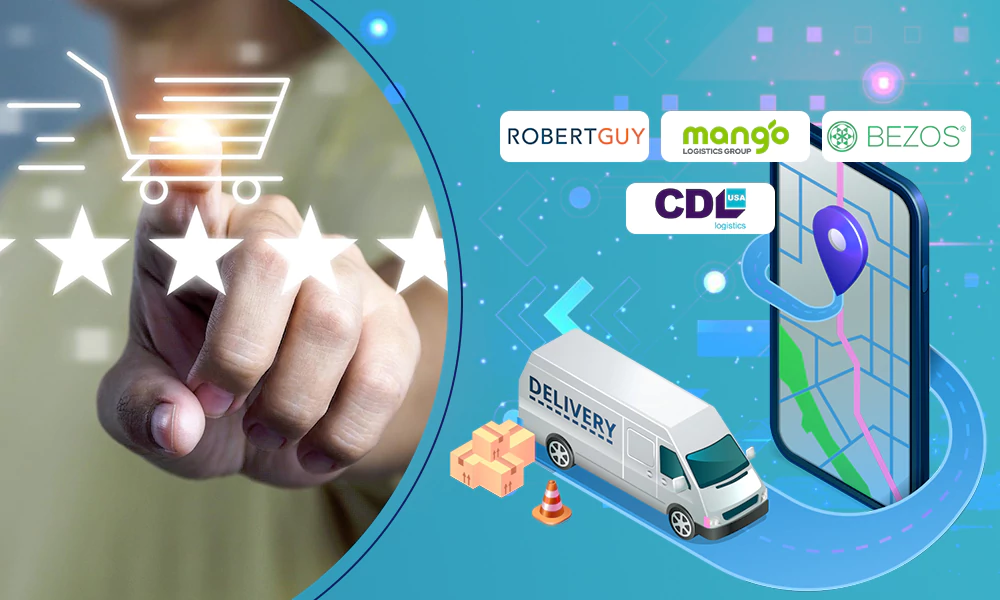What is Headless Commerce Architecture?

Configurable trade is unquestionably a topical issue at the moment. Without a shadow of a doubt, this phenomenon will represent the future of eCommerce and possibly will transform the way we develop commercial platforms permanently. In the ever-evolving field of online retail, some phrases come and go. Nevertheless, a large number of them vanish after some time, and their significance is often forgotten.
But in the world of composable trade, that’s not the case at all. When integrated with MACH architecture’s basic ideas, its service orientation reaches a new level. “Headless commerce architecture” is an eCommerce buzzword. IT experts love headless shopping, but business people may find it bewildering. It’s set to transform eCommerce. Let’s learn more.
What Does This Niche Represent?
When it comes to headless eCommerce architecture, many people can’t fully understand what it is. Luckily, we’re here to help you out. As more e-commerce enterprises strive to keep up with trends, headless solutions garnered $1.65 billion in 2020-2021. On the surface, a headless architecture seems straightforward. It is a popular phrase for software architecture within which the key premise is the separation of the user interface (frontend) and the business layer (backend). These two levels have API communication but are not strictly dependent on one another.
What’s the Traditional Ecommerce?
As dozens of people frequently mix up traditional from headless architecture, we’ll try to explain both of them. Let’s start with the first one.
Traditional eCommerce Architecture
The all-encompassing monolithic approach is the gold standard of e-commerce platforms. Before headless, many companies had a work development, which was advised for large, established companies. The homogenous architecture offers IT extensive platform management, which may benefit individualized front-end interactions. Older e-commerce systems may easily use the provided software and configuration files. And that’s what everyone needs.
Monolithic techniques may inhibit innovation because of their slow time-to-market and high manufacturing costs. Existing systems may be difficult to integrate, and marketing, customization, and design options are limited.
Headless Commerce
Now, that you have a better insight into traditional eCommerce, let’s say something more about the headless one. Even though we explained a bit about it earlier in the text, it’s necessary to state additional information about it. Hence, businesses may get the e-commerce capabilities they want from headless platforms. BigCommerce powers API-driven experiences delivered via a CMS, DXP, software, device, or custom frontend.
Companies may construct e-commerce with headless APIs (application programming interfaces). BigCommerce’s SaaS architecture may be simply expanded and integrated into different environments to optimize efficiency. Whether you’re using a CMS, a CMS template or a fully customized React.js or modular project, excellent work may be incorporated. To integrate content with responsive, adaptable e-commerce, marketers need not make concessions.
What are the Advantages of Headless Commerce Architecture?
Smaller companies are less likely to use headless commerce than larger ones. This makes sense, given the time needed to construct and deploy a solid front and back end utilizing custom code. A new feature may take months to build in big firms, but design and advertising teams are constantly eager to try something new. Companies must emphasize originality with the rise of internet shopping. Let’s examine this industry’s benefits.
Rapid Time Savings in All Areas of IT
Engineers may spend less time on UI updates because of the ease with which modifications can be introduced to the front end. And with identifying the relevant and headless themes, programmers require just a few mouse clicks or lines of code to build commerce applications that boost conversion rates.
Improved Worker Uptake
High learning curves may deter some organizations from switching. With a modern commerce platform and headless commerce, your team can alter the front end without extra training or knowledge gaps.
Sufficient Equipment for the Task at Hand
Using headless commerce, companies may provide customers with unique, one-of-a-kind experiences. Crucial to this are application programming interfaces (APIs), which provide unified, brand-consistent interactions throughout venues by using shared commerce services like marketing, inventory management, product data, and more.
Extremely Personalized Interactions
A headless commerce strategy separates the user interface from the underlying technology. Because of this, modifying the user interface may be done with less hassle and uncertainty since any alterations to the front end won’t need any modifications to the protocol stack or architecture.
Quicker Integrations are a Result
As an integration strategy, headless commerce makes it possible to link and expose resources using application programming interfaces. APIs provide streamlined connectivity and information exchange across disparate software systems. When restrictions are lifted, the data model’s potential applications expand. In fact, one might argue that headless trade promotes mergers. If conventional online business were a vehicle, then headless online trading would be the motor. In case you want the best headlamps, you’ll have to go to someone who focuses on it rather than someone who knows their way around an engine.
What Should You Remember About This Industry?
Perhaps we’ve covered a few advantages that this industry offers. However, there are numerous great things to remember. So, we’ll make a short list of them down below.
- No part of the system has to be disabled so that new features may be introduced and evaluated.
- Every group may work separately on service creation, rollout, and expansion.
- Having a quicker time-to-market for a new product or feature provides more leeway for your company.
- That of the system as a whole is not compromised by any one modification.
- Increased efficiency in advertising new products without disrupting existing operations.
- The ability to quickly roll out global and multichannel GTMs.
Conclusion
Headless commerce is an answer to the myriad problems that plague centralized business models. Without a doubt, this is the way online shopping will develop in the future. Don’t hesitate to give the market-leading front-end-as-a-service technology a chance. It can pay off. Just believe in your skills. In the end, it’s up to you. You should focus on its benefits and apply them to your work.










